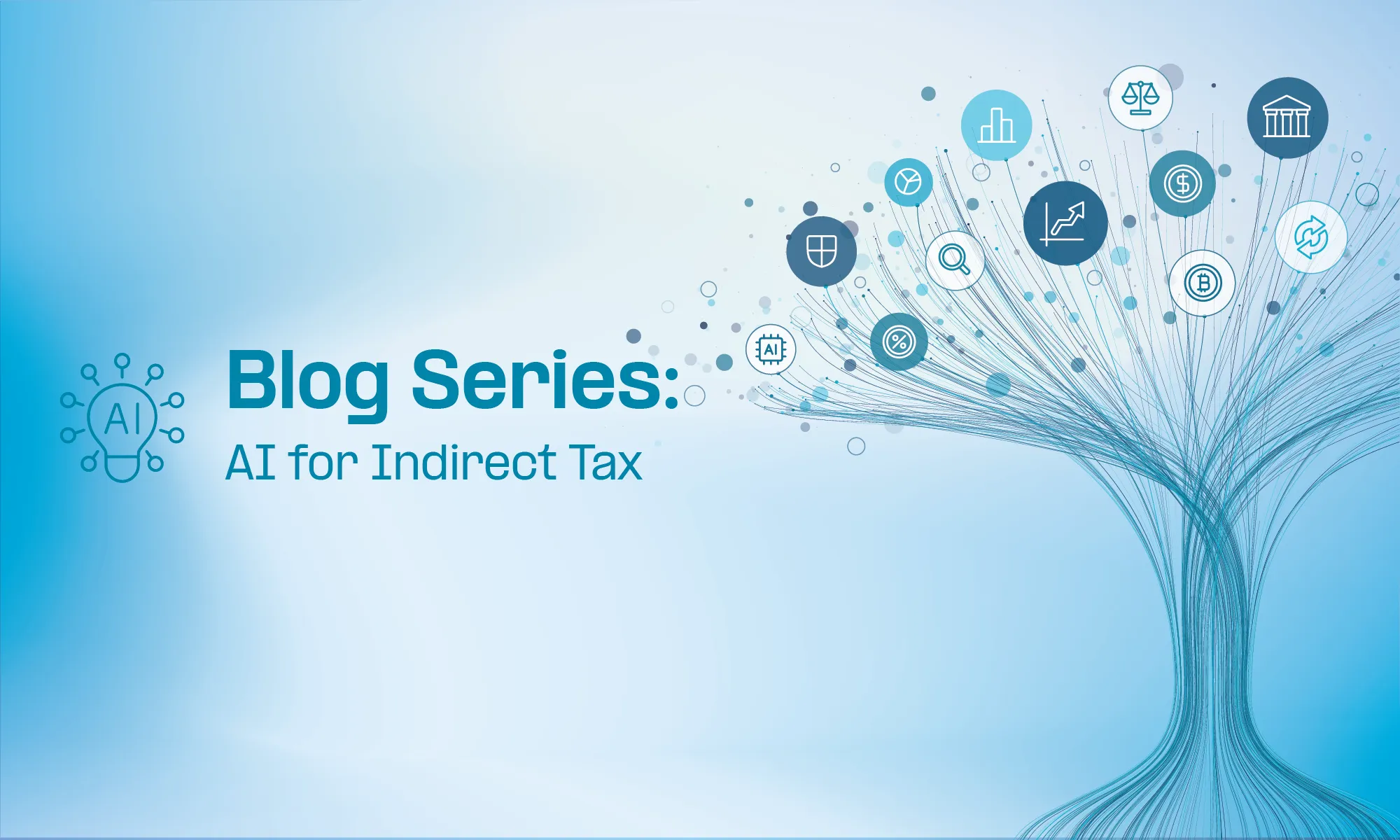Summary invoicing, sometimes called consolidated or aggregated invoicing, is the process of combining a customer's purchases received over a specified period into a single invoice. Conventional invoicing is where individual invoices are generated to collect customer payment for each purchase or order made. However, to simplify the operations for both parties, these individual purchases are grouped to create a single invoice called a Summary invoice.
Why consolidate invoices?
Creating multiple invoices for each single customer purchase can be time-consuming, repetitive, and manual. Customers receiving a bombardment of invoices from you will likely become overwhelmed and are more likely to lose track of those invoices and miss payments. More importantly, some professional invoice processing providers often charge per invoice processed, meaning that using aggregated invoices can significantly reduce costs.
With a business partner that provides aggregated invoicing integration capabilities, you can also have more control, set billing cycles, and batch multiple transactions for that period into line items on a single invoice template that only needs to be sent once and paid once. Consolidated invoicing simplifies and speeds up the billing process and makes your team more productive, improves Cash Flow by reducing Day sales outstanding, and reduces time spent tracking down late payments.
Customers will obtain a better user experience and are more likely to do business with you. With a single invoice rather than multiple, customers can have an efficient and organized invoicing process that simplifies bookkeeping and only takes up a fraction of their time, increasing the likelihood of you getting paid on time.
What are the benefits of summary invoicing
- Single payment for customers helps to streamline invoice processingWith a summary invoice, all the payment information is in a single location, making it easier for the customers to manage multiple purchases. With only one payment and one reference document needed, the payment process is shorter, saving time and resources compared to conventional invoicing.
- Improve cash flow by preventing delayed and missed paymentsSome customers may make multiple purchases and subscribe to more than one product or service you offer. However, when billing for multiple purchases, your customer could receive an invoice for each.By consolidating these purchases into one invoice, customers are less likely to miss due dates and can make a single payment via their desired payment method. This ensures you are paid on time, reducing any outstanding credits and positively impacting your cash flow.
- Increased productivityIt is much simpler and more efficient to break down a customer’s purchases into one invoice than to generate multiple separate invoices. This will save you a lot of time and energy, which can be better spent on less mundane aspects of the business.
- Fewer documents to manageHaving multiple invoices means more documents to manage, report, and archive. Consolidated invoicing minimizes the documentation required in the billing and payment process and makes it much easier to organize and stay on top of your accounts. Whereas, Conventional invoicing makes keeping track of records and analyzing revenue growth more challenging.
- Better customer experienceCustomers may become overwhelmed when receiving multiple invoices from the same supplier. Consolidated invoicing will simplify their bookkeeping by minimizing the number of entries in their accounting system. It also makes calculating tax and other costs easier.
Are summary invoices compliant?
In most jurisdictions, summary invoices must fulfil the same content as regular business invoices.
- Invoice type in the doc header
- supplier name, tax, and contact information
- client name, tax, and contact information
- description of the good or service
- date of supply
- invoice number,
- invoice date,
- the subtotal,
- tax amount,
- total amount or amount due,
- due date,
- payment terms,
- payment methods, i.e. (credit card, PayPal, or bank information)
What to consider before configuring summary invoicing?
- A customer agreement might be required before summary invoices can be created, or they may only be issued to combine the transactions completed on the same day.
- Some countries have a maximum period of one month for which transactions can be combined.
- A summary invoice should be issued by the last day of the month to which it refers.
- Transactions on Summary invoices should be in the same currency, have the same payment method, and due date. However, the date of supply may differ.
How can Fonoa help you adopt summary invoicing?
Through Fonoa’s Invoicing module, it is seamless to issue locally compliant invoices in 70+ markets, including Summary invoices. Sales and Invoice data can be either automatically delivered via Fonoa’s API or, for small businesses, aggregated in Google Sheets or Microsoft Excel and uploaded as a CSV to Fonoa. Fonoa’s invoice generator will check for errors, validate the data, and generate a locally compliant Summary invoice design. Fonoa’s invoicing system is capable of handling invoices with 10,000+ line items as well as basic invoices that fit on one page.
What about Real-time reporting and summary invoices?
Combined with Fonoa Reporting, you can rest assured that your Summary invoices are approved, reported, and tax compliant before the local tax authorities.
















